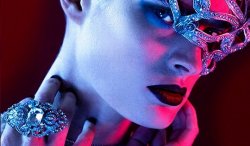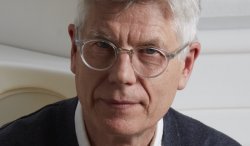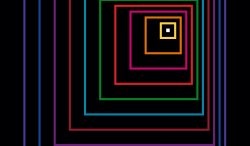- Jobs
- Open Calls
- Events
- Learning
- More
- SUBMIT
CONCEPTUAL IMAGES WITH A VINTAGE TWIST - INTERVIEW WITH ILLUSTRATOR, HELENA PALLARÉS

HELENA PALLARÉS
1: Describe your Brand as an Illustrator?
My work is somewhere in between illustration and collage and it can be both at the same time. I think that my handmade works can be considered as illustrations from an esthetical point of view. They are close to this field because of the final result and compositions but I also like to see them as collages themselves, independent works made with a technique that is not really usually related to illustration, even though it has recently started to gain ground.
2: Who or What has been your biggest influence in your way of thinking?
I’ve always been interested in the Dadaism and Surrealism since I came across some photomontage artists when I was at the university. I think these movements had a lot of influence on me, not only like an artist, but also as a way of learning how to observe and perceive art in general. I have never tried to follow in the footsteps of the surrealistic artists (although I would love to) but it has been a source of inspiration when choosing to work around certain topics such as dreams, time and the unconscious. I guess Design has also been a big influence in my work. I studied Graphic Design before graduating Fine Arts, and even though I put it aside as soon as I finished because I didn’t really like it, now I realize that sometimes my illustrations have something to do with Design in terms of ordering the space and seeing the illustrations like as if they were supposed to be posters without text. There are also painters like René Magritte or photographers like Man Ray that have had an influence on me as well as artists like Hanna Hoch, Raoul Hausmann, El Lissitzky and László Moholy-Nagy. But I guess that photography and cinema, especially old cinema, also play an important role in my work.
3: Tell us more about the materials or media you use to create your images?
I use papers and photographs. I collect papers that I like because of the texture or the color and I keep them in big folders. Not only big pieces but small and ripped pieces that I can also use. Then I use photographs from old magazines and books but they all need to be old images, coming from the 20’s to the 50’s but never after the 60’s. This has a simple reason behind it and it is because I feel more attracted to this kind of old images, the color, the characters, their expressions and their make up. They just fit better because there is always a kind of implicit nostalgia in my work.
4: What kind of clients tend to approach you?
I usually work with magazines illustrating articles, most of the time they are related to psychology. I think that my illustrations are appropriate for these topics because they are quite conceptual. And I really enjoy creating these kind of metaphorical images, connected to a text but also containing a free interpretation. My personal work is also based on text but it is different because it’s usually a dream that I’ve written down before or a short quote or a thought that inspires me. It usually comes with a mental image of what I want to do. But working from an article makes you focus on a topic that you have not personally chosen and that can be random. When it is not a personal project, you cannot just quit when you run out of ideas. You have to keep thinking and keep working, until you get something. It is a valuable self-improvement exercise.
" When it is not a personal project, you cannot just quit when you run out of ideas. You have to keep thinking and keep working, until you get something. It is a valuable self-improvement exercise. "
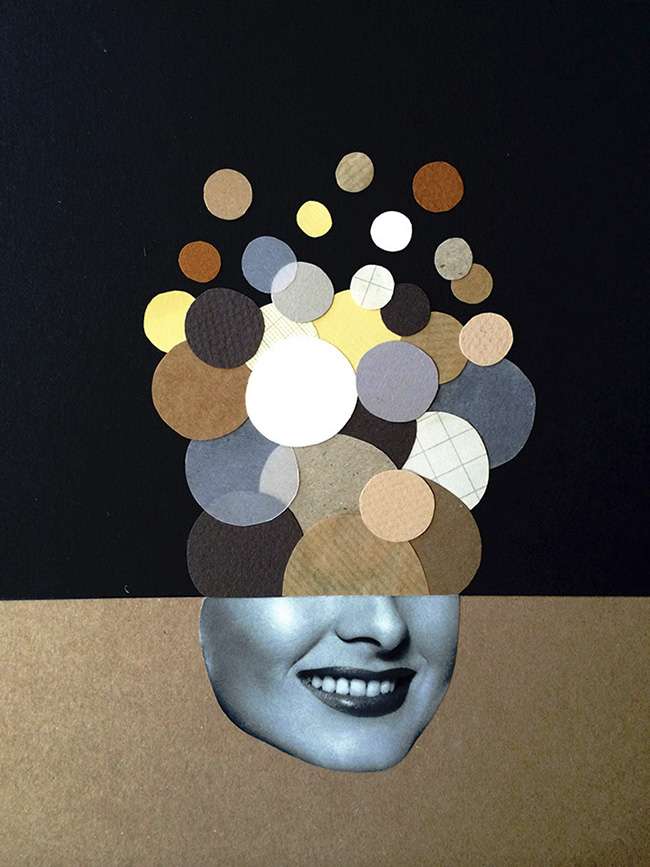
5: What is the most interesting project you have ever worked on?
I always enjoy working for magazines and I love challenges but up to today, the work that I enjoy most is my personal projects because I can control every part of the process, deciding the reason for doing a particular illustration, what the subject will be and when it will be finished. After the attacks of November 13th in Paris I made an illustration to express all the fear and confusion that I felt during those days. It was not suppose to be shown to the public because it was just a personal exercise of liberation. I don’t know if it helped but finally I decided to share it and I got an amazing feedback from many people who got in touch to say that they understood and share what I wanted to symbolize in that image. That helped in someway.
6: What advise would you give to young artists who are just beginning their careers as illustrators?
I would like to have the perfect advice for all those young illustrators who are full of hesitation and questions but the truth is that I also have doubts all the time and I can only speak about my own experience. I’m sure that working hard is really important as well as many other things. We are used to hearing about "not giving up" and "believing in what you do” all the time. Of course, that is totally crucial but unfortunately, I think there are some other things that are also significant when we talk about art and I guess an important one is luck. To be in the right place, at the right time, sometimes makes a big difference, beyond the quality or the efforts of the artist. It is such a shame. We cannot forget that the art is currently related to exposure on the Internet and Social Networks and it may be a great way to make yourself known and to reach many people but it may be also a way to estimate the quality of an artist according to the number of followers or likes that he/she has, influencing our way of perceiving the artist (and the art itself). However, I think that there is indeed a correspondence between work, effort and final results. I’ve seen this in friends and acquaintances during the past years and I am beginning to see it in my own career as an illustrator. So, yes, it may take a lot of time, but with hard work (with or without luck), it eventually comes. So keep working!
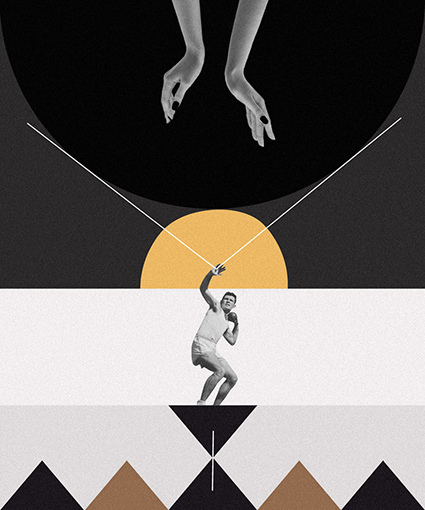
"We cannot forget that the art is currently related to exposure on the Internet and Social Networks and it may be a great way to make yourself known and to reach many people but it may be also a way to estimate the quality of an artist according to the number of followers or likes that he/she has, influencing our way of perceiving the artist (and the art itself). "
7: What do you think about the Creative Community in Paris?
Paris is an amazing place for art. It has always been and still is today. Art professions are really well respected here and art is normalized in a society that understands that it is a very important part of their culture and way of living. Art is immersed in everything, connected with almost any other field. Since I live here, I’ve met loads of artists who make (or are trying to make) a living out of painting, music, dance, design or illustration. It is not considered a “minority occupation”, that’s what I love! Besides, the city council gives much help to those looking to start an artistic business and to promote art in general. Maybe I will change my mind in the future, but for the moment I cannot think of a better place to get inspiration. Here, there is always something interesting happening somewhere.
|
LISA JAYNE
Hat Designer |
JOSEPH FORD
Photographer |
MARK DUNHILL
Dean of Central Saint Martins |
Bates Belk
|

